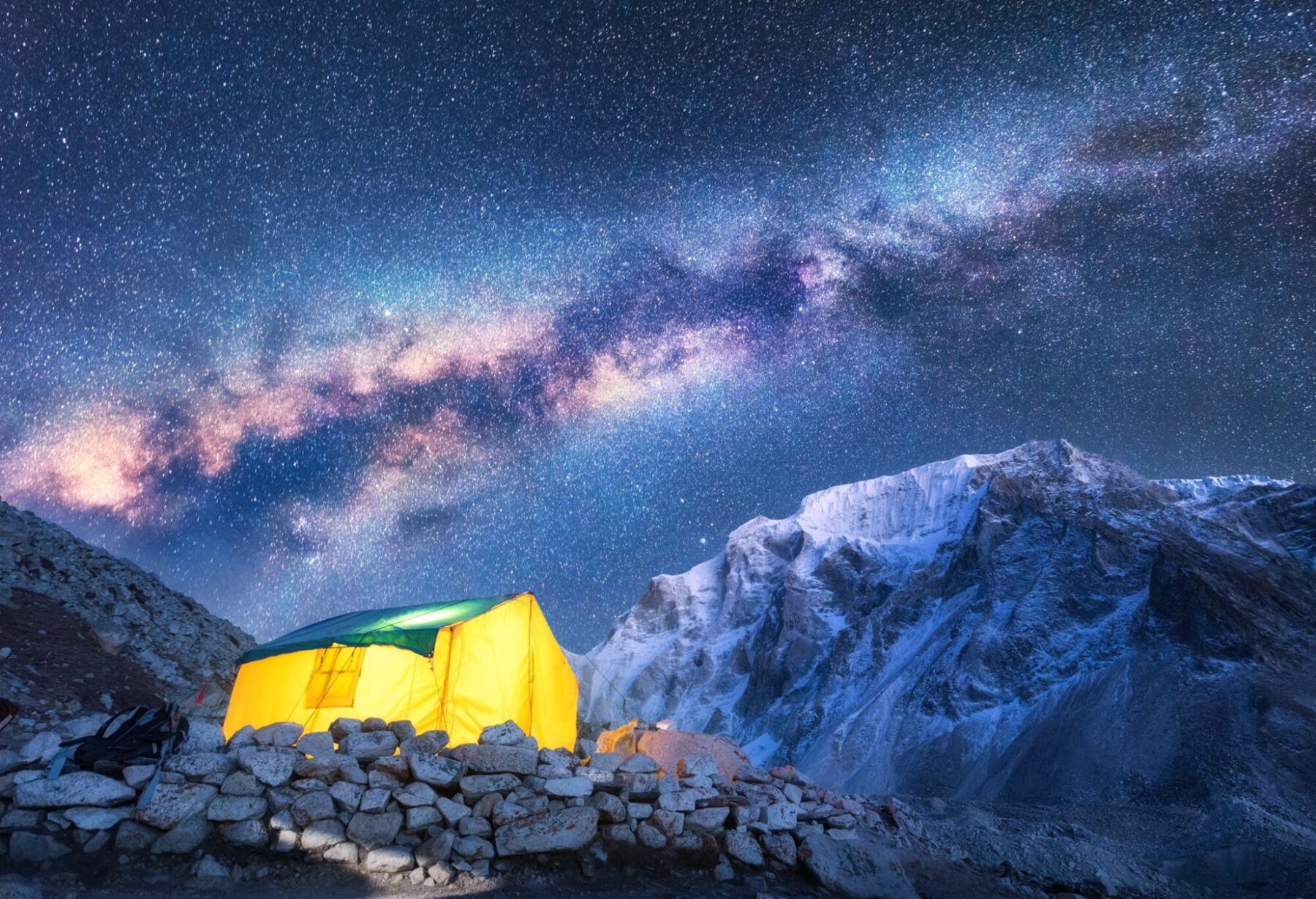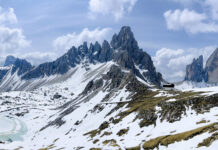
With its numerous ancient astronomical societies, Asia suffers no lack of good stargazing spots. Here are some for the 21st century astronomer in you!
Arabian Desert: The lonely dunes offer wide expanses and deep black skies. There’s also Israel’s Ramon Crater, the second park in Asia to get Dark-Sky status
Tibet: China is preparing a Dark-Sky application for its high-altitude reserve located in the Ngari Prefecture
Himalayas: Across Nepal and Tibet, the high altitude and lack of ambient light on the mountain range guarantees stunning nights. Another good spot is Sagarmatha National Park in Nepal- home of Mount Everest

Mongolia: The Gorkhi-Terelj National Park is a good bet among the sweeping plains of the Steppe
India: The remote Nubra valley in Len Ladakh comes recommended by many astronomers and astrophotographers, as does Coorg in the Western Ghats
North Korea: As the country turns off most of its lights at night, it has the least light-polluted skies in the world
South Korea: Yeongyang Firefly Eco Park, in the extreme east, was the first place in Asia to get Dark-Sky status
Japan: Yaeyama (Japan’s most southwestern archipelago) and Aogashima (in the Philippine Sea south of Tokyo) are well known locally as island paradises with exceptionally dark nights
Philippines: Travel guides recommend Palawan Island, Batanes (the country’s northernmost province), and Mt Pulag, Luzon’s highest peak
Indonesia: Mount Bromo in East Java is a popular astrophotography spot. Another favourite among stargazers is Mt Kinabalu in Sabah, Malaysia

Astro-tourism has become an increasingly popular industry. Stargazing is certainly something you’ll want to consider on your future travels to appreciate your surroundings beyond the day and into the night. You can’t miss the magical skies on offer…
For more exciting ideas for your future travels, check out our current magazine titles here!










